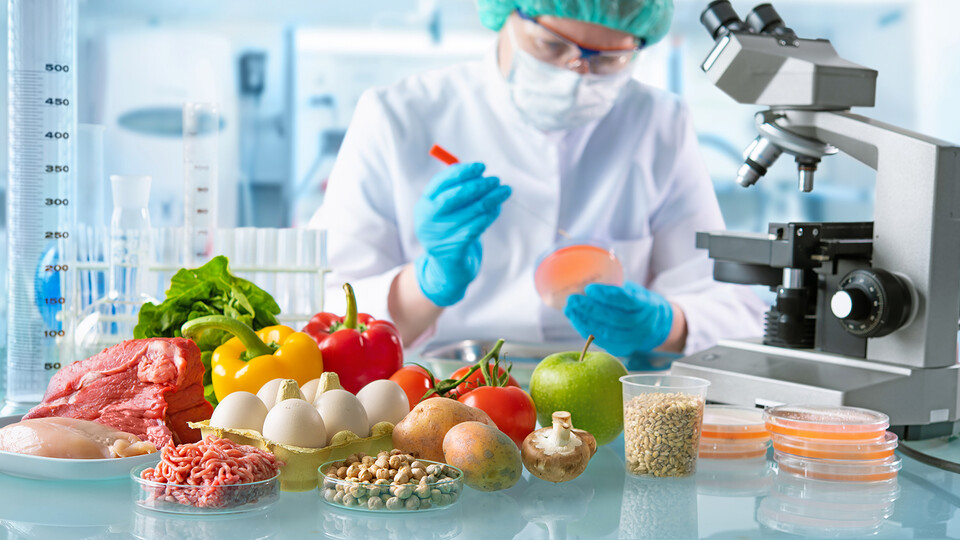Food Science and Technology Department

Department of Food Science and Technology: Faculty Publications
ORCID IDs
Byron D. Chaves https://orcid.org/0000-0003-1899-6515
Document Type
Article
Date of this Version
2022
Citation
J. Food Sci. 2022;87:3611–3619.
DOI: 10.1111/1750-3841.16230
Abstract
Chicken wings are among the most popular poultry products for home and foodservice consumption. Poultry products must be handled and cooked safely to decrease the risk of foodborne salmonellosis for consumers. This study aims to validate the use of domestic appliances (convection and air fryer ovens) for the thermal inactivation of Salmonella on chicken wings. Wings (n = 3, 46.5 ± 4.3 g) were inoculated with a five-strain cocktail of Salmonella (ca. 8 log10 CFU/wing) and cooked in a convection oven (179.4ºC) or an air fryer (176, 190, or 204ºC) for 2, 5, 10, 15, 20, 22, or 25 min. Thermocouples recorded temperature profiles of wings and appliances. Salmonella counts were determined on XLD agar for rinsates (100 ml/sample), and rinsates were enriched to recover bacteria below the limit of quantification. The recommended internal cooking temperature (73.8ºC) was achieved after a range of 7.5 to 8.5 min in both appliances. Salmonella countswere reduced by 6.5 log10 CFU/wing when this temperaturewas achieved. Cumulative lethality (F-value) calculations predicted a 9-log reduction after 7.0 to 8.1 min of cooking. However, sample enrichments tested positive for Salmonella for all cooking times below 22 min. Ultimately, cooking at the temperature–time combinations recommended by manufacturers and online recipes helped achieve complete microbial elimination in both appliances. This study contributes to the validation of home cooking methods to ensure consumer safety.

Comments
This is an open access article under the terms of the Creative Commons Attribution License,